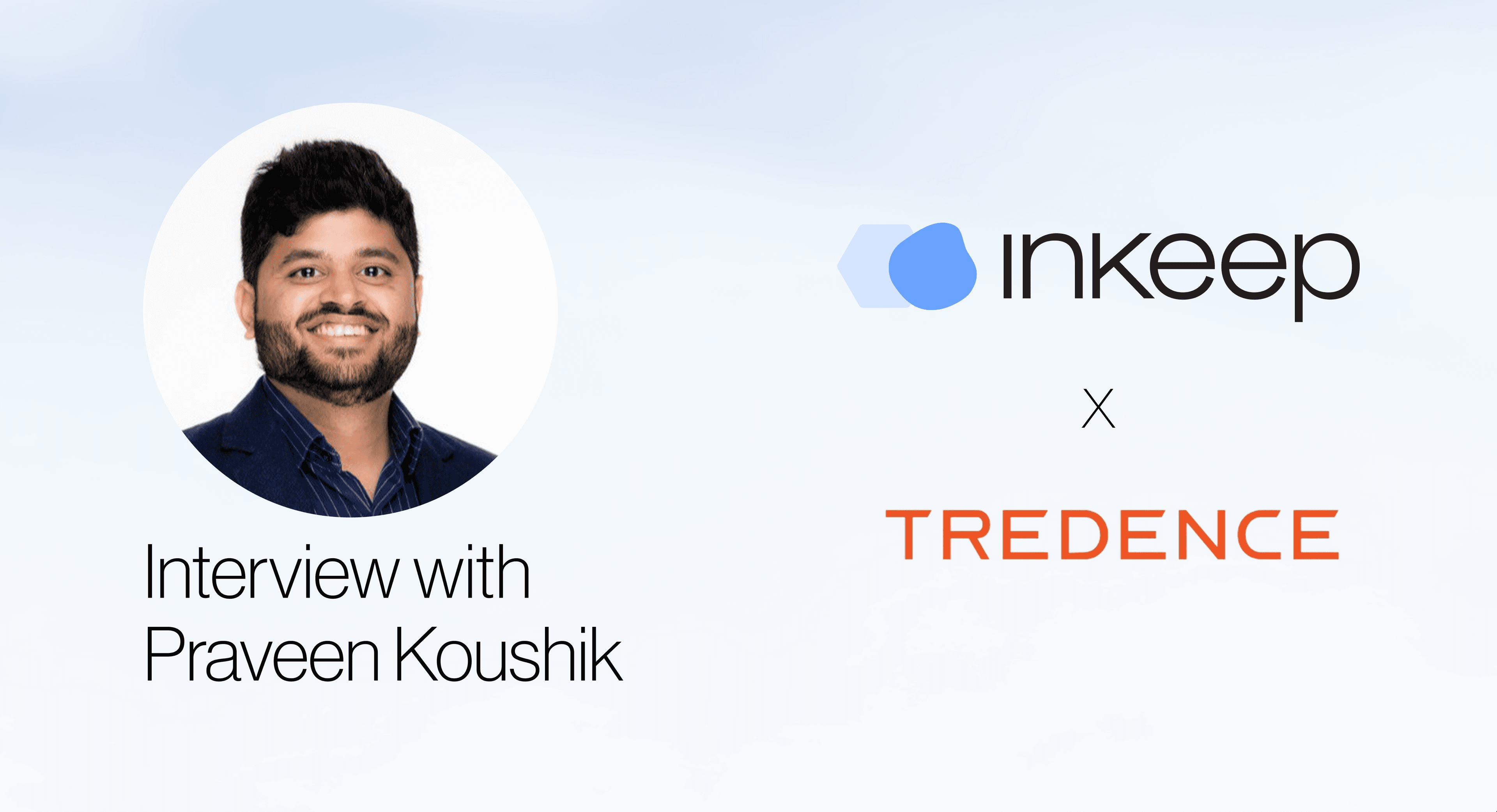‘It’s going to be a decade of Agents’: Why this Director of CX thinks Reliability is the Only AI Metric That Matters
Reliability is the new ROI. Tredence's CX leader reveals why generic agents fail and how to engineer domain-specific workflows for enterprise production.

Enterprise adoption of AI Agents is hitting an inflection point. For eighteen months, the industry prioritized potential over utility, building demos that fail in complex environments.
Increasingly, however, the experimentation phase is coming to an end. Production now demands reliability.
To navigate this shift, I interviewed Praveen Koushik, a leader in data transformation at Tredence. His focus is not on hype, but on the engineering required to transform AI Agents into reliable business assets.
His thesis presents a clear mandate for CX executives: Success requires domain specificity and rigorous workflow orchestration.
"I don't like this terminology that 2025 is the 'Year of Agents.' ...It's going to be a decade of agents where we will continue to build and create more reliable systems. We have to figure out all the levels of inaccuracies within an enterprise and solve for those nuanced use cases." — Praveen Koushik
The Shift: From Novelty to Reliability
2023 defined capability. 2025 demands reliability. For VPs of Support, this distinction dictates strategy.
Koushik notes the market has moved past "POC creation" into "production-ready agentic systems." In this phase, trust replaces novelty as the primary KPI.
- The Challenge: Enterprise data is unstructured and cataloging is often undefined.
- The Reality: Generic "text-to-SQL" models fail against this complexity.
- The Imperative: Agents require strict governance and defined boundaries.
Leaders must shift focus from model intelligence to guardrail robustness.
Documentation is Not Enough: You Need "Traces"
A common fallacy suggests feeding a Knowledge Base (KB) into an AI guarantees resolution.
Koushik refutes this. In large enterprises, operational reality rarely matches the official handbook.
"Most of [the context] is not actually captured through documents. So you need basically a lot of traces... actual real use cases. And wherever accuracy is going down... you need actual human-in-the-loop interventions to figure out where it's happening."
Why this matters to a VP of Support: Enterprise documentation is inherently fragmented. The team handling "Returns" operates differently than "Operations," and neither team documents every edge case.
Relying solely on documentation caps accuracy at 60-70%. Bridging the gap requires workflow engineering. You must capture "digital exhaust"—traces of human resolution—to hydrate the system context.
The Executive Trade-off: Accuracy vs. Latency
Deployment exposes a friction point between Business (outcomes) and Technical (optimization) stakeholders.
Koushik outlines the tension:
- The Business Persona: Focuses on CSAT and Resolution Time.
- The Tech Persona: Focuses on token costs and latency.
CX leaders must arbitrate this trade-off.
"If I put way too many [LLM] judges, the system is going to just take too much time... the accuracy is going to be very high... but the business team won't be satisfied with the latency aspect."
An agent achieving 99.9% accuracy via multiple validation loops may introduce unacceptable latency.
- For Email Support: High accuracy justifies the delay.
- For Live Chat: Speed drives satisfaction.
Abandon monolithic strategies. Enforce use-case-specific decisions.
Taking Strategic Ownership
We are entering a "Decade of Agents." Execution requires discipline. Based on Koushik’s insights, here are three strategic actions for the upcoming quarter:
-
Audit Operational "Traces"
Do not simply assess Knowledge Base currency. Verify if operations teams capture historical resolution data for edge cases. This "human-in-the-loop" data fuels agent reliability. -
Codify Latency Thresholds
Establish explicit SLAs with technical counterparts. Example: Accept 60-second delays for Email if accuracy exceeds 95%. Prioritize speed for Chat. Eliminate ambiguity. -
Segment Implementation
Avoid "Big Bang" launches. Select 5-6 high-value domains (e.g., Returns, Billing) and run deep experiments. A domain-specific bot delivering high accuracy yields greater ROI than a mediocre generalist.
About the Interview
This post is based on a conversation with Praveen Koushik, a CX leader at Tredence, regarding the state of Enterprise AI adoption. Praveen’s background in data analytics and customer support provides a grounded view of moving agentic AI from concept to value.





